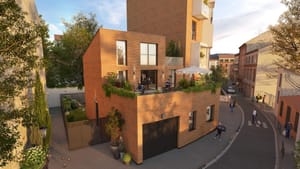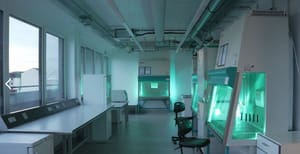At Life Sciences Real Estate, we often examine conversions into scientific use—offices becoming laboratories, warehouses evolving into biotech hubs, and so on. We have gathered nine examples here and are developing a database of 75 conversions across Europe, to be released in Q1 2026.
But the reverse trajectory offers investment opportunities too. The ability to successfully repurpose former scientific facilities provides crucial portfolio protection against tenant risk while unlocking potential new income streams.
Proven conversion examples
French clinic to mixed-use residence
Icade Promotion and Novaxia's €30 million conversion of the former Parc clinic in Toulouse, expected to complete in early 2027, will transform 9,000 sq m of medical space into multi-generational housing, with different operators managing each residential component. The 1950s real estate complex was obsolete and highly energy-consuming and had not operated since 2020. 55 per cent of the existing building (5,000 sq m) will be preserved and 4,000 sq m will be new construction. The project demonstrates how end-of-cycle healthcare facilities can be repositioned while addressing urban housing demand.
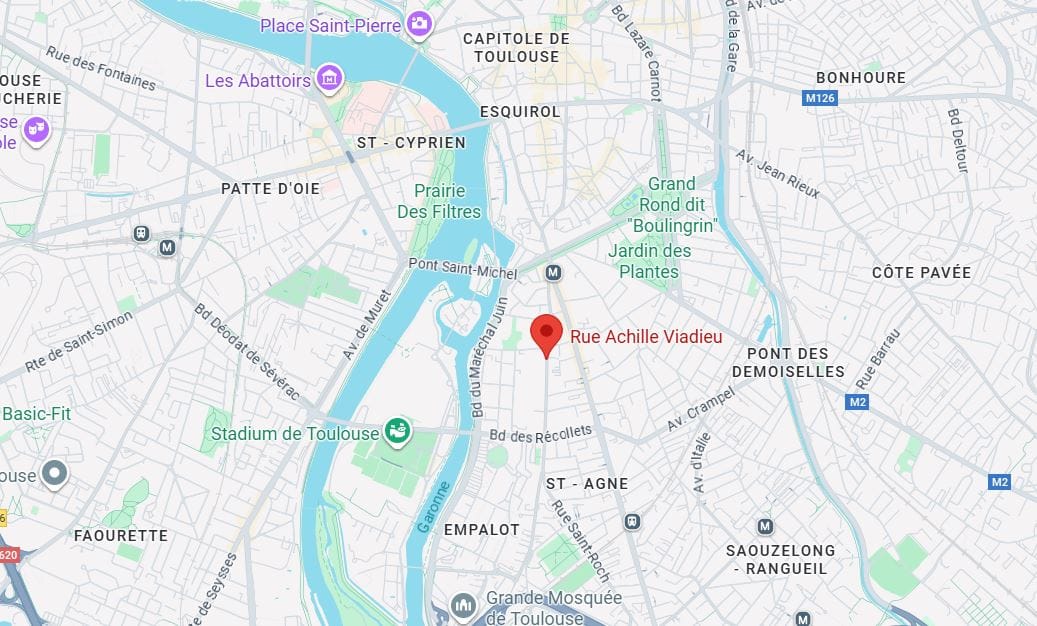
Danish laboratory to technology workspace
A 1960s laboratory building in Hørsholm was converted by C.F. Møller Architects into a 2,000 sq m technology workspace. The robust concrete frame construction, originally designed for flexible scientific use, enabled comprehensive reconfiguration into open-plan offices that have successfully housed science-focused companies since 2006. The conversion demonstrates how older laboratory buildings' structural advantages can facilitate cost-effective repositioning for new tenants.
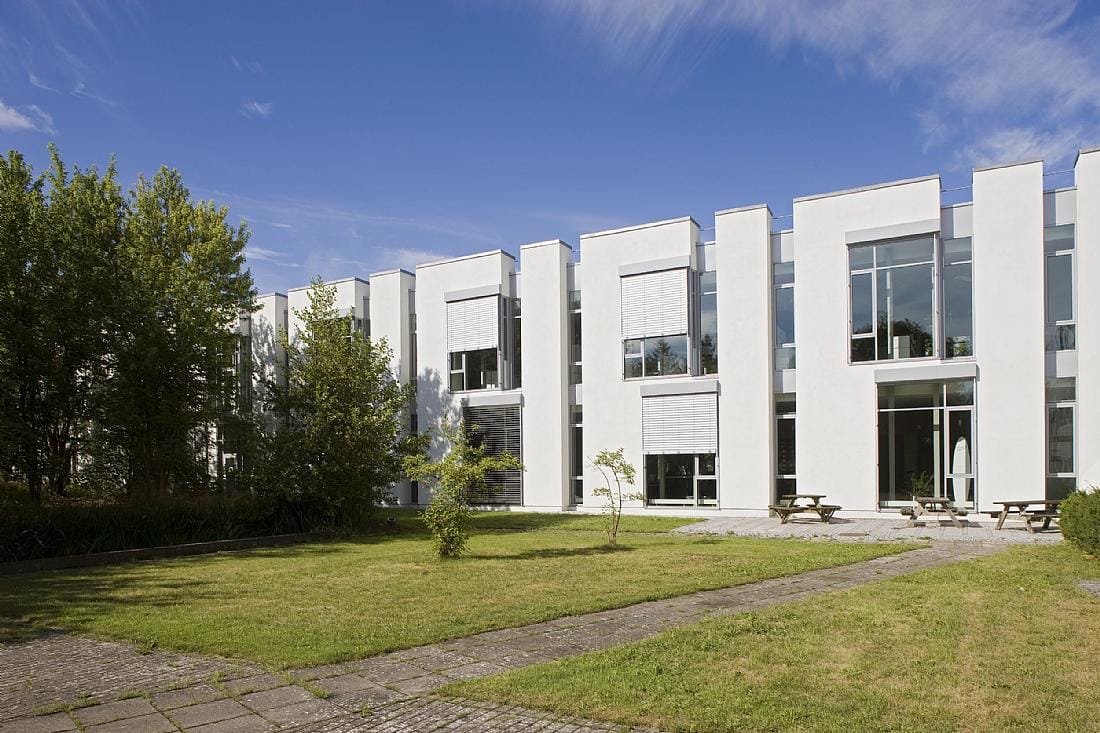
Portuguese chemistry laboratory to cultural institution
The University of Coimbra's former Laboratório Químico underwent conversion between 2001-2006 into the Science Museum, transforming 1,000 sq m of laboratory space into public cultural facilities. The project preserved the building's historical significance while generating new revenue streams through educational programming and public engagement.
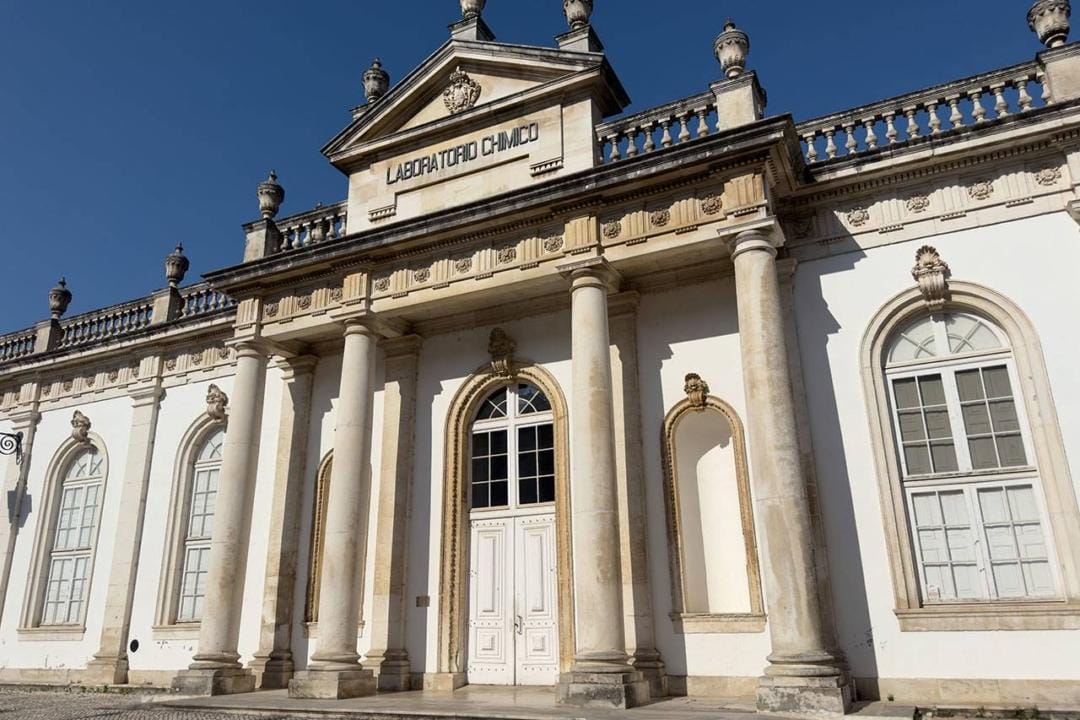
Investment advantages of conversion optionality
Scientific facilities can offer structural advantages that make conversion more viable than other commercial properties. Stronger load-bearing floors, robust HVAC systems, generous ceiling heights, and extensive utility shafts provide the infrastructure backbone for multiple alternative uses.
The principle clearly extends beyond science real estate. Dublin's Mespil Hotel converted from office use in 1994, while Venice's Molino Stucky flour mill, unused since 1954, became a luxury hotel in 2007, delivering greater economic value than its original industrial function.
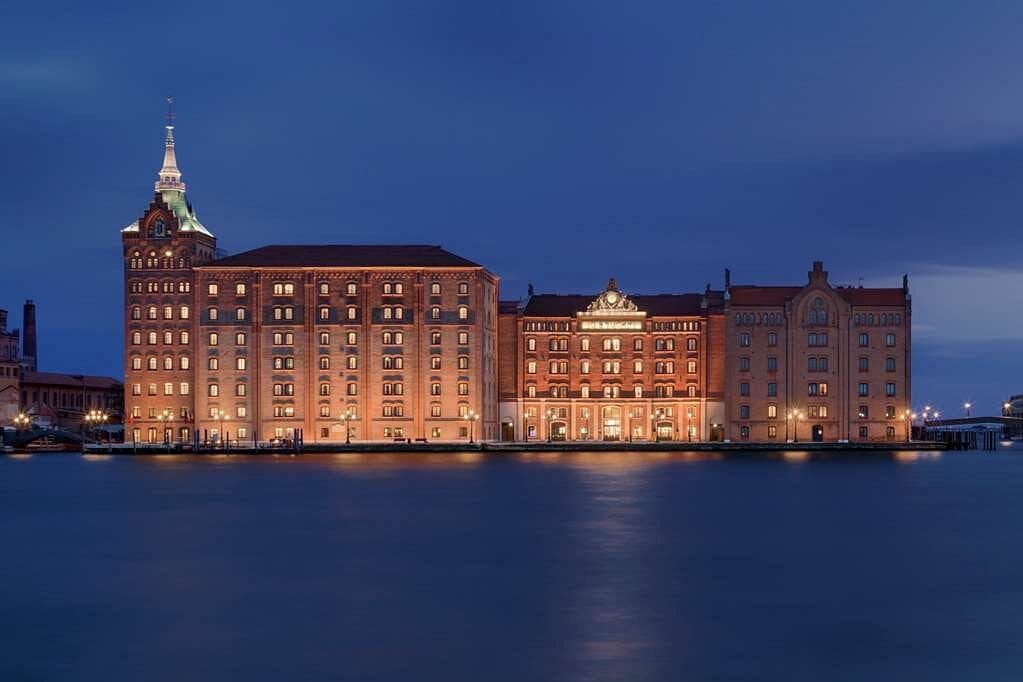
When life sciences companies scale down, relocate, or cease operations, conversion potential preserves—and may enhance—asset value. For property investors, this adaptability reduces potential tenant risk.
Market outlook
Conversion potential should be viewed as core to both urban regeneration and investment risk management. For investors, adaptability offers multiple exit strategies and long-term value creation beyond any single tenant base. In a sector where occupier demand can shift rapidly, properties with conversion viability provide essential portfolio protection whilst maintaining upside potential.

